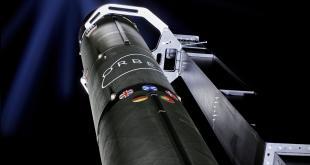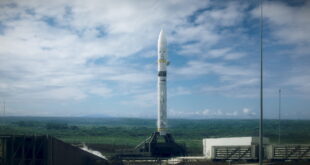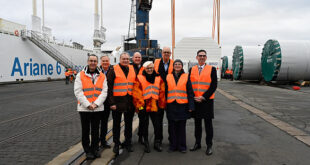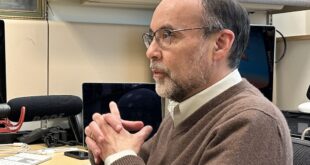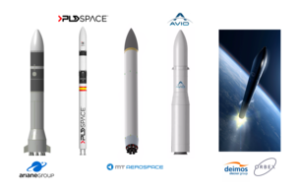
A flourishing small satellites market is driving demand for new ways to access space. Recent industry feasibility studies backed by ESA for new microlauncher services, are creating new business opportunities.
ESA intends to strengthen European industry by fostering a globally competitive European space sector with increased industry participation in launcher development.
As part of this, ESA’s Future Launchers Preparatory Programme (FLPP) funded five proposals from industry for an economically viable, commercially self-sustaining microlauncher, without public funding in exploitation.
A microlauncher can place a small satellite of up to 350 kg – typically small commercial or experimental satellites into low orbits, starting from the ground or from an aerial platform.
ESA’s support allowed these companies to bring their ideas to a basic level of maturity, creating value in the market and networking possibilities with other businesses.
The five companies presented their results at a workshop and networking opportunity organised by ESA in Paris, France. It was attended by more than 150 participants, and more than 100 business-to-business meetings took place.
The results of the studies have been used by ESA to select underlying critical technologies to be further matured within ESA’s existing FLPP technology portfolio, bringing also the prospect of validating and embarking technologies on large-scale demonstrators. With more expected, the first batch of technologies relate to low-cost avionics, composite tanks, the separation system, turbopumps and the safety framework for microlaunchers.
PLD Space presented a service based on its Miura launcher. Deimos and Orbex presented AZμL, a service from the Azores islands using the Orbex Prime vehicle. Avio presented a service derived from their Vega workhorse and the upcoming Vega-C. MT Aerospace presented the results of a trade of analysis including different concepts and launch locations. ArianeGroup presented Q@TS – a “Quick @ccess To Space” ecosystem including a microlauncher concept based on Nammo’s hybrid propulsion technology.
At Space19+ in November, ESA will propose a programme to nurture commercially viable ideas from European industry to open up new space transportation markets. This programme would support proposals for privately-led privately-funded space transportation services, with an initial focus on launch services based on microlaunchers.
As microlauncher solutions gain ground, development initiatives for national spaceports are also emerging.
“ESA’s early understanding and involvement in new space transportation services in Europe will help us spur the environment that supports long-term success, growth and competitiveness,” commented Daniel Neuenschwander, ESA’s Director of Space Transportation.


